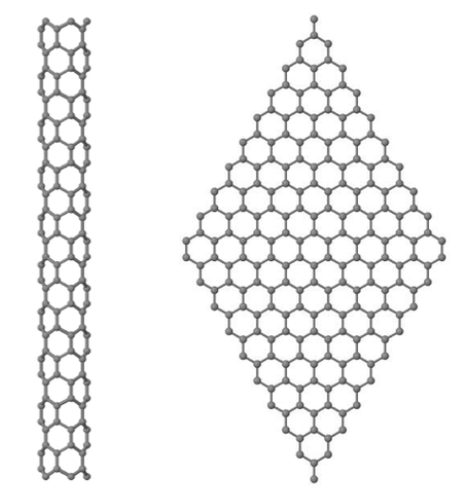The Potential of Nanotechnology: Applications in Energy and Beyond
Nanotechnology has revolutionized the way we look at materials and their properties. By utilizing the unique characteristics of materials at the nanoscale (<100 nm), nanotechnology enhances and engineers the electrical properties, durability, strength, and activity of materials to obtain desired features. Nanomaterials offer great potential to improve renewable energy applications due to their unusual properties and increased surface areas. Solar, hydrogen, and biomass energy have been the main focus of nanotechnology research in this regard. The developments in geothermal, wind, and tidal energy applications have mainly focused on the construction materials or the used machinery rather than the actual process. However, nanotechnology enables the development of portable energy systems as well as large-scale systems with high efficiency, which could contribute to the urgent energy goals of our world and reduce the destructive effect of human activities.

In the 21st century, climate change and global warming are considered to be one of the world’s most severe and biggest environmental threats to humans. Traditional adsorbents and catalysts still have many defects in CO2 capture and transformation. In recent years, nanomaterials have been considered as promising adsorbents for CO2 capture due to their high adsorption capacity, low cost, and wide availability. Nanomaterials have long been promised as the industrial ingredients to revolutionize manufacturing in the century with potential research. The use of nanomaterials in renewable energy systems has opened the gates of a sustainable future for our world. Nanoparticle supported catalysts offer better stability and activity in comparison to bulk catalysts, and carbon nanoparticles and carbon nanotubes are the most promising nanomaterials for catalyst support in fuel cells for solar energy. Nanomaterials can also be used to improve the efficiency of wind energy. Carbon nanotubes used in wind turbine blades make them lighter and stronger, allowing for larger blades and more energy to be generated.
Researchers are integrating nanomaterials and finding their synergetic effect by making polymer nanocomposites, studying their effect on thermal, mechanical strength, young modulus, tensile strength, electrical, and flammability of the composite. They have a significant application in medical technology, additive manufacturing, agriculture and so on. Therefore, there is a huge potential that nanotechnology will soon be ruling the world because of its exceptional properties. Graphene is gaining traction as a highly promising material for energy storage applications owing to its exceptional mechanical, thermal, and electrical properties. The material's one-atom thick crystal structure of carbon offers a range of unparalleled physio-chemical properties, from its exceptional electrical and thermal conductivities to its extreme mechanical behavior. As a result, graphene is emerging as a compelling alternative to conventional materials for various applications.
In conclusion, nanotechnology has the potential to change the fate of renewable energy systems for the better. The development of cost-efficient green energy applications will open the gates of a sustainable future for our world. With the ongoing research and advancements in nanotechnology, we can hope for a greener, cleaner, and more sustainable future.
